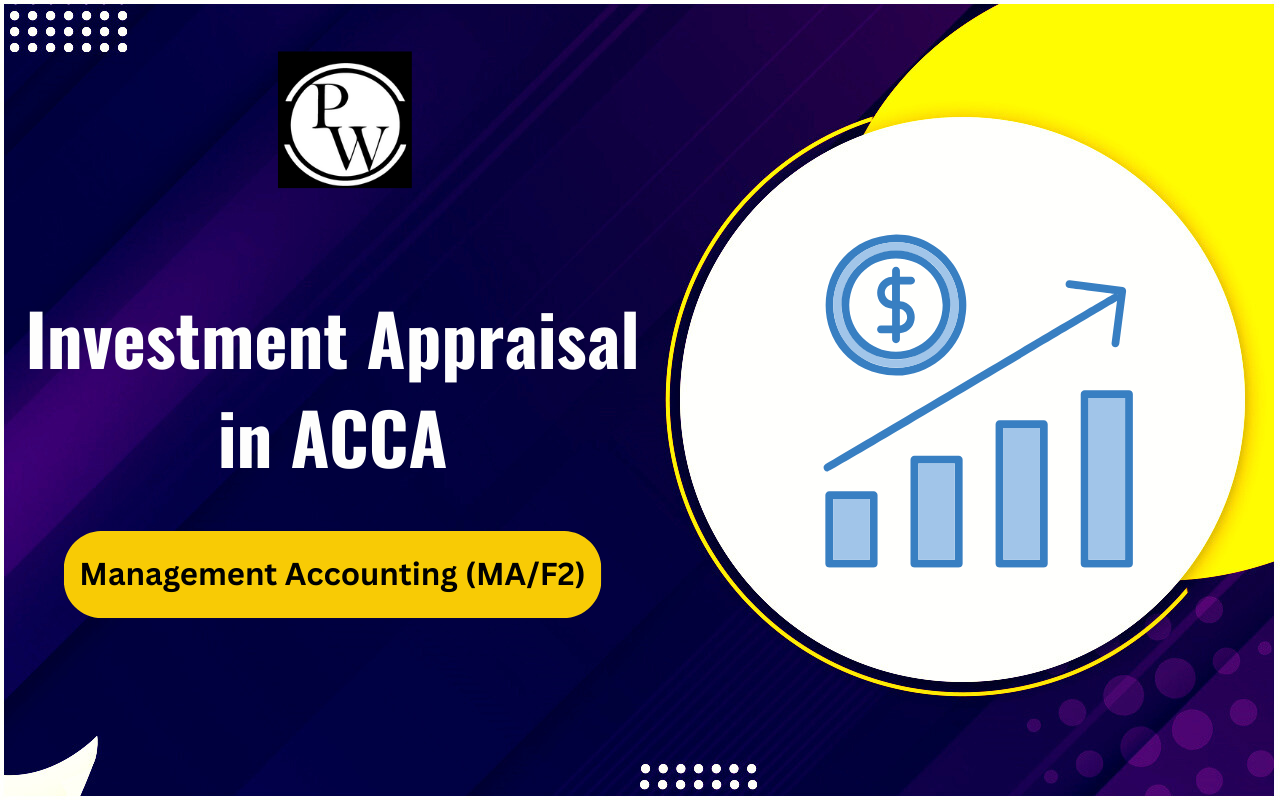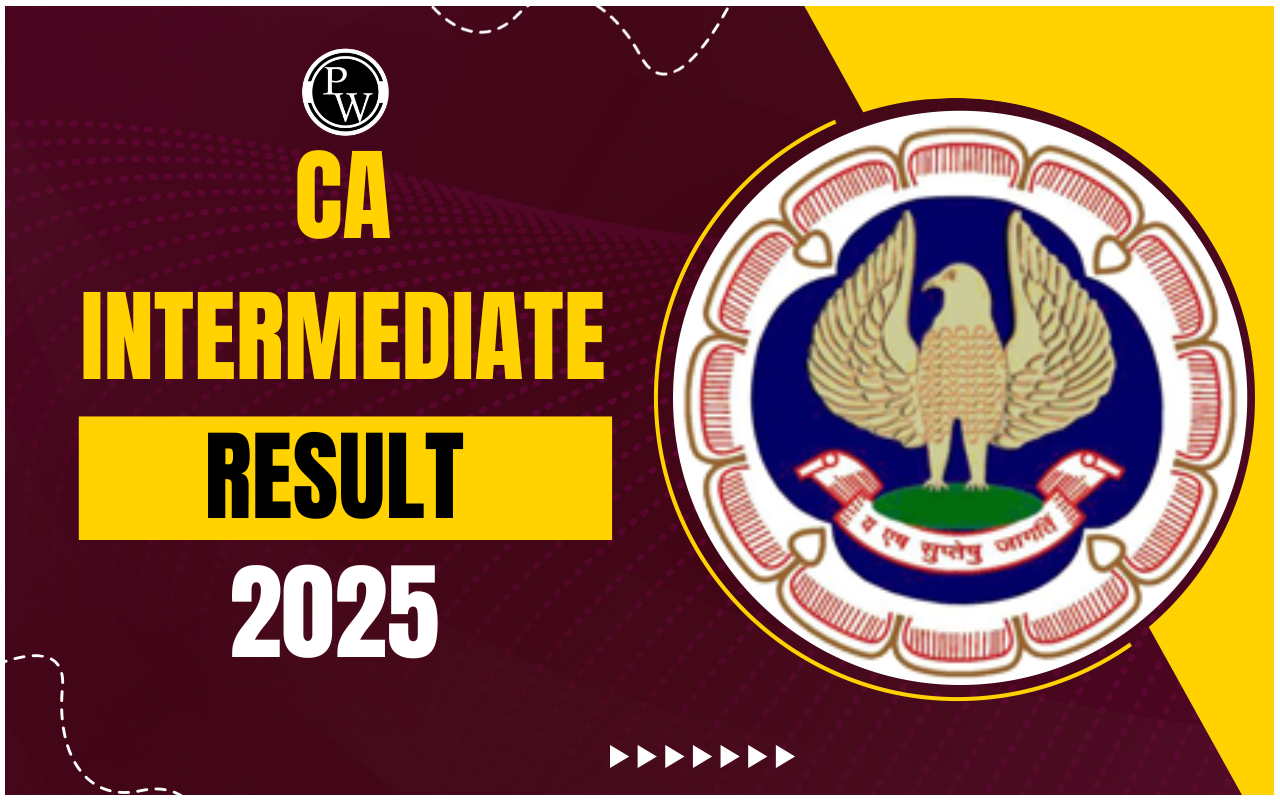
Advanced accounting concepts include analysis of financial data and application of specialised techniques for creating detailed reports. Advanced Accounting covers key concepts like consolidation and partnership accounts that are crucial for financial reporting of complex business structures.
Students pursuing the Chartered Accountancy course must understand Advanced Accounting concepts to effectively manage real-world business scenarios. These concepts enable students to prepare accurate financial statements for group entities and partnership firms. Therefore, mastering these topics is essential for students as they form a significant section of the CA Intermediate exam and provide both theoretical and practical skills required in professional practice.
What is Consolidation in Advanced Accounting Concepts?
Consolidation refers to the process of combining financial statements of a parent company and its subsidiaries into a single set of financial statements. The consolidated statements present the financial position of the entire group considering it as a single economic entity. The consolidation process is essential when companies operate through multiple legal units but function as one business organisation.
The core principle of consolidation is that it is based on control instead of just ownership. This means a parent company must consolidate any subsidiary it controls, even if it owns less than 50% of its shares. This principle ensures that users of financial statements get a clear understanding of the economic resources controlled by the reporting organisation.
Consolidation involves adding together the financial statement items of each group company and removing any transactions or balances between them. This way, the consolidated statements prevent double counting and reflect only transactions with parties outside the group.
Also Check: Treasury and Cash Management
Core Principles of Advanced Accounting Consolidation
Accounting consolidation provides transparent and unified financial reporting for corporate groups. It is governed by standards like GAAP and IFRS. This process ensures that financial data is consistent and comparable across reporting organisations. Below are key principles and practices of consolidation accounting:
Recognising Influence Through Equity Approach
When a parent company exerts significant influence over another subsidiary, the equity method is applied. The investment is initially recorded at cost and adjusted periodically to reflect the investor’s share in the subsidiary’s profits or losses.
Enhancing Efficiency in Reporting
By bringing together financial data from multiple organisations of the group into one report, consolidation simplifies and streamlines the reporting process. This improves clarity, reduces redundancy, and supports better compliance with accounting standards.
Handling Internal Financial Dealings
Any financial interactions between group organisations in the form of loans, purchases, or internal sales are removed during consolidation. These intercompany transactions are excluded to ensure the final statements show only the transactions with external organisations.
Presenting Minority Ownership Stakes
When the parent company does not completely own a subsidiary, the ownership interests held by other investors must be separately disclosed. This aspect is known as non-controlling or minority interest. It is reflected in the consolidated financials to show the proportion of equity not held by the parent.
Maintaining Individual Legal Identity
Although consolidation treats the parent and subsidiaries as a unified economic entity for financial reporting, each company within the group retains its separate legal identity. Therefore, individual units must continue to meet their individual statutory reporting obligations even after consolidation.
Combining Financial Reports Across Group
The objective of consolidated reporting is to present an integrated view of the financials of the parent company and its subsidiaries. This includes compiling statements like the consolidated balance sheet, income statement, cash flow statement, and statement of changes in equity, which represent the group as a whole.
Eliminating Internal Group Transactions
Transactions within the group, known as intragroup transactions, are excluded from consolidated statements. This is vital to avoid overlapping revenues or expenses. Examples of intragroup transactions include cost allocations, intercompany billings, or loans between subsidiaries.
Advanced Accounting Consolidation Process
In corporate accounting, consolidation is a crucial procedure that aims to present the financial position of a parent company and its subsidiaries as a single economic organisation. Here are the key steps involved in accounting consolidation:
Recognising Entities Under Control
The consolidation process begins with the identification of all units that fall under the control of the parent company. These units are the companies in which the parent holds a controlling interest, usually through majority ownership or voting rights.
Collecting Financial Data
After identifying the subsidiaries, the next step involves compiling the complete set of financial documents for both the parent and its subsidiaries. This compilation includes primary reports such as the balance sheet, cash flow statement, profit and loss account, and changes in the subsidiary companies.
Eliminating Internal Transactions
Before combining the financial data, it's essential to eliminate any intercompany transactions. These include sales, loans, or balances between the parent and subsidiaries. This process is crucial to ensure that the final consolidated data includes only transactions with organisations or entities outside the group.
Accounting for Non-Controlling Interests
In cases where the parent company does not own the entire equity of a subsidiary, the ownership share belonging to outside stakeholders must be appropriately reflected in the consolidated results. This recognises their stake in both net assets and profits.
Finalising Consolidated Reports
After performing all adjustments and eliminations, the consolidated financial statements are prepared. These unified reports cover the income statement, balance sheet, equity changes, and cash flow. The final consolidated report provides a clear and effective view of the financial health and performance of the entire group.
What are Partnership Accounts in Advanced Accounting Concepts?
A partnership represents an association of two or more persons who agree to carry on business together with a view to making a profit. This business structure provides flexibility in operations while allowing multiple individuals to combine their resources, skills, and expertise. The partnership form suits professional services, trading businesses, and small to medium enterprises where the personal involvement of owners remains crucial.
The Partnership Act of 1932 governs partnerships in India, providing the legal framework for partnership formation, operation, and dissolution. This Act defines the rights and duties of partners, profit-sharing arrangements, and procedures for handling changes in partnership composition. Partnership agreements can modify many provisions of the Act. For this, making the partnership deed is crucial.
Partnership accounting differs from company accounting in several aspects. Partners' capital accounts record individual ownership interests rather than share capital. Profit distribution follows agreed ratios rather than uniform per-share amounts. Partners may receive interest on capital, salaries, or commissions before profit sharing, creating a more complex appropriation process than corporate dividend distributions.
Accounting Procedure of Partnership Firm
In partnership firms, the preparation of final accounts closely follows the approach used for sole proprietorships. However, unlike sole owners, partnerships involve two or more individuals sharing business responsibilities and profits. Therefore, once the net profit of a partnership firm is calculated, it is divided among the partners based on the ratio outlined in their partnership agreement.
To effectively record the distribution of profits, firms use a separate statement known as the Profit and Loss Appropriation Account. This account functions as a continuation of the Profit and Loss Account and specifically details how profits or losses are shared among the partners.
Integration and Practical Applications of Consolidation in Partnership
Modern business structures often combine partnership operations with subsidiary companies, which create complex reporting requirements. For this it is required to blend partnership accounting with consolidation procedures. These structures require students to apply both sets of principles while maintaining consistency with applicable accounting standards.
When partnerships hold controlling interests in companies, the partnership must prepare consolidated financial statements that combine partnership accounts with subsidiary financial statements. This process requires adapting traditional consolidation procedures to accommodate partnership capital structures and profit-sharing arrangements.
Elimination entries in partnership consolidation require careful consideration of the partnership's profit-sharing arrangements. Intercompany profits and losses between the partnership and its subsidiaries must be eliminated, with the adjustments affecting partners' accounts according to their profit-sharing ratios.
Preparation Strategy for Advanced Accounting Concepts
The ability to analyse business structures and determine appropriate accounting treatment requires in depth understanding of concepts than rote learning. Therefore, during CA Intermediate exam preparation, students should concentrate on understanding the logical flow of consolidation procedures rather than memorising individual steps.
Partnership accounting questions often combine multiple concepts, such as admission, retirement, and dissolution. To accurately solve such questions, it is essential for students to practice comprehensive problems that integrate these concepts while maintaining accuracy in calculations.
Consolidation problems typically require systematic approaches with clear working papers. Students should develop templates for common calculations such as goodwill, non-controlling interest, and elimination entries to improve both accuracy and efficiency during examinations.
| Also Read |
| Supply Under GST |
| Income from House Property |
| Role of Information Technology in Strategic Management |
| Advanced Accounting Financial Statements Of Companies |
Advanced Accounting Concepts FAQs
How to study Advanced Accounting for CA Intermediate?
Which Accounting Standard is most difficult in CA Inter?
Why is Advanced Accounting considered difficult?
How many chapters are included in the Advanced Accounting syllabus?
What is the significance of Accounting Standards?










